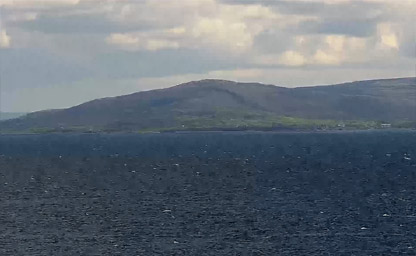
Galway Bay
Spectacularly set on the Wild Atlantic Way and the shores of Galway Bay

Spectacularly set on the Wild Atlantic Way and the shores of Galway Bay
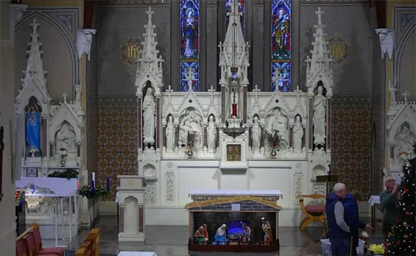
A significant landmark in the small town of Dunleer
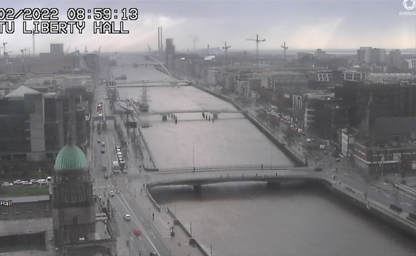
Panorama of Dublin City Centre, the capital and largest city of Ireland
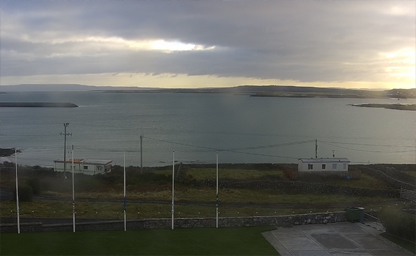
Pleasant view of the North Atlantic Ocean from Óstán Oileain Arainn, Kilronan, facing Galway Bay
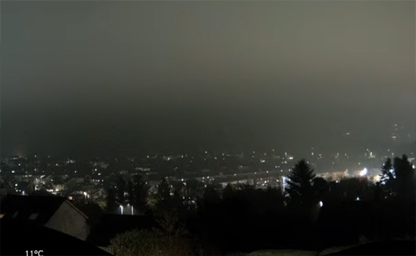
It is a major passenger and freight roll-on roll-off port
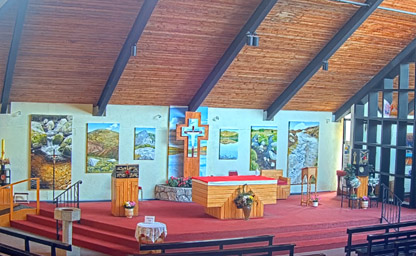
Blessington is one of the biggest towns in West Wicklow
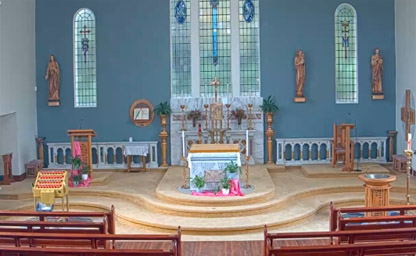
Holds a significant place in the religious and cultural landscape of Northern Ireland
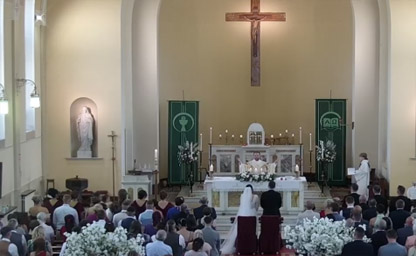
Rathdowney Parish stands as a testament to the enduring strength and resilience of its people
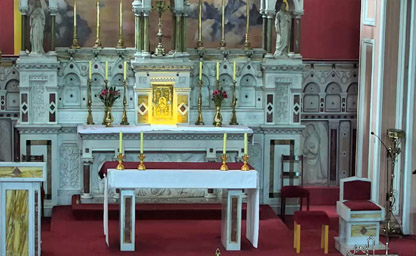
A deep historical significance and continues to play a vital role in the spiritual and social life of its people
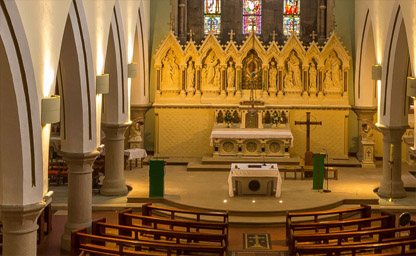
The parish of Kilcock and Newtown has two churches catering for the worshiping Catholic community
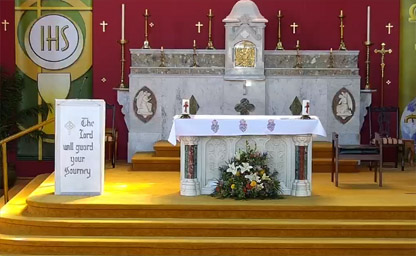
Castleconnell is known as the 'Island Parish' in the Diocese of Killaloe
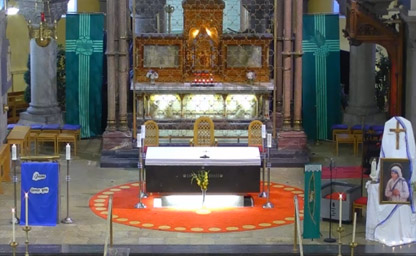
Situated in Sligo City on Temple Street
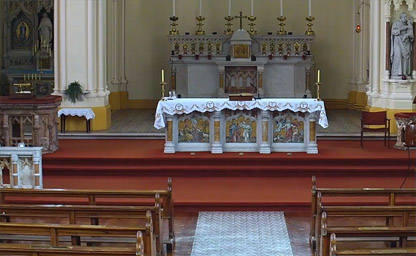
There has been a Catholic parish in this area for over 900 years
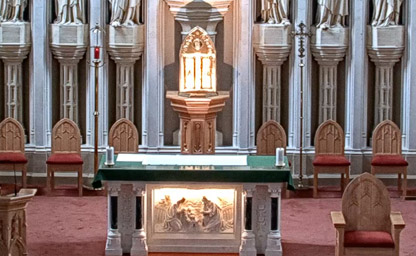
A Roman Catholic church in the parish of Blackrock
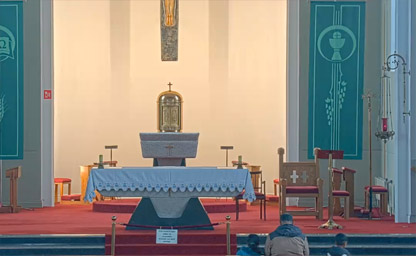
The parish is in partnership with the parishes of Most Precious Blood Cabra, Christ the King Cabra and St. Peter’s Phibsborough
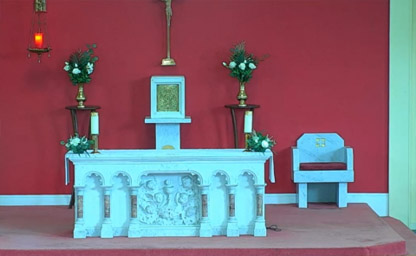
The patron of the parish is St Nicholas of Myra
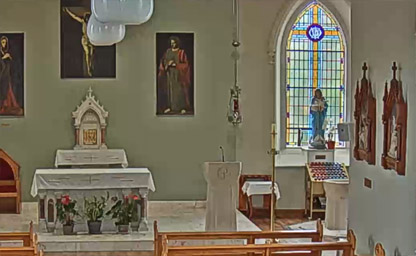
Saint Brigid's Church is an 18th-century Catholic church
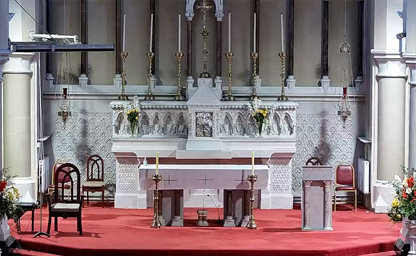
It was known as a Mass House as Mass was the only service allowed in it
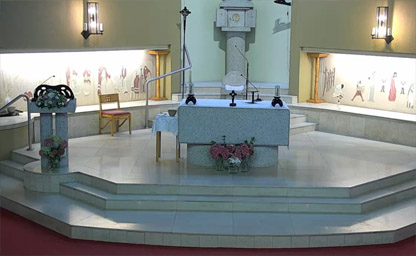
It opened in 1998 to provide the Parish community with a place to hold pastoral
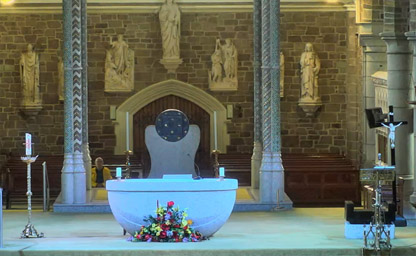
In the county town of County Kerry in the south-west of Ireland
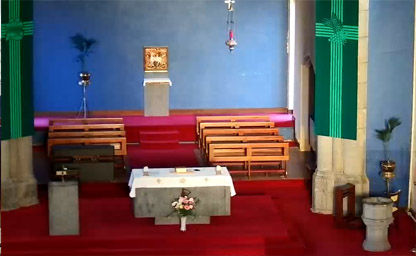
A twelve-minute drive from Westport and ten minutes from Louisburgh town
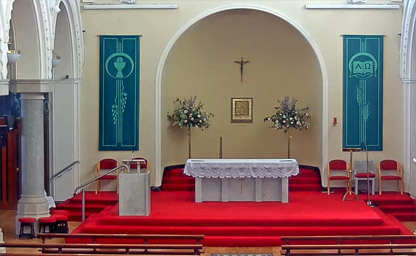
An outlying suburb of Dublin, Ireland, on the southeast of County Dublin
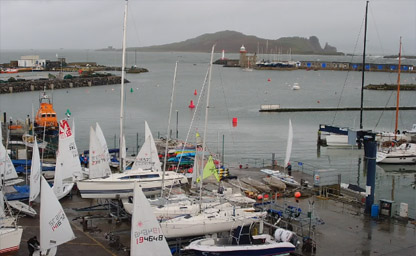
The town, nestled around the harbor with two long piers
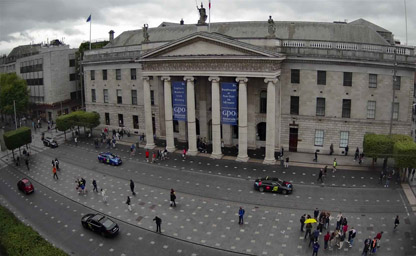
Situated in central Dublin, the city's main thoroughfare
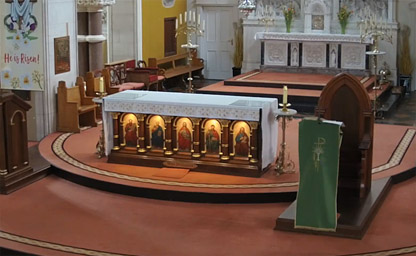
Inside view from St. Mary’s & St. Michael’s Parish Church
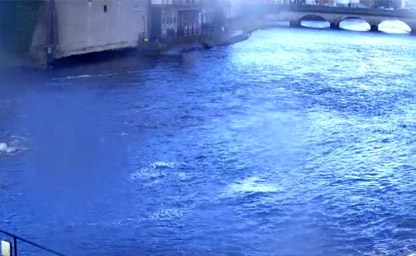
The vast variety and quality of fishing in Ireland
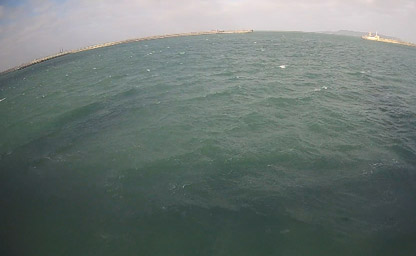
On the island's east coast, within the province of Leinster
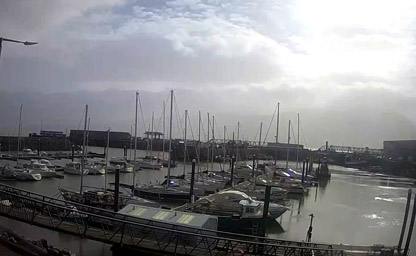
Situated in Tralee bay, just South of the Shannon Estuary
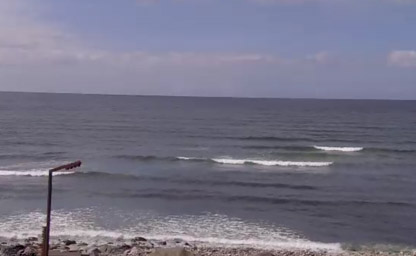
Streaming the surf conditions daily
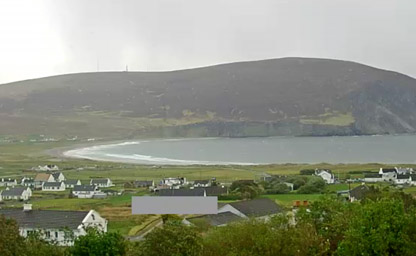
View detailed surf conditions and weather forecast for Keel
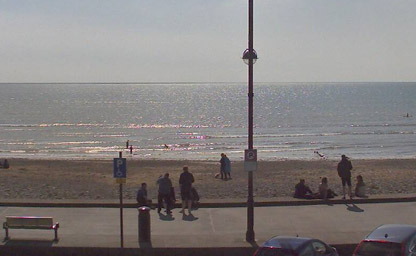
A townland in Tramore ED, in Barony, in Drumcannon Civil Parish, in Co. Waterford
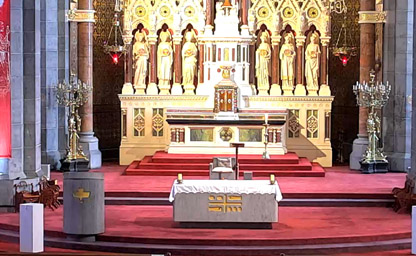
A major city in the Republic of Ireland
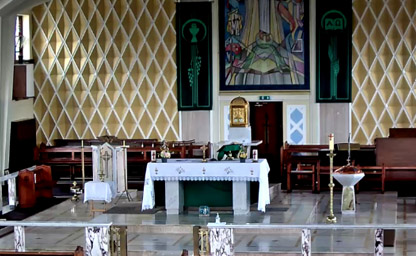
A historic market town in County Limerick
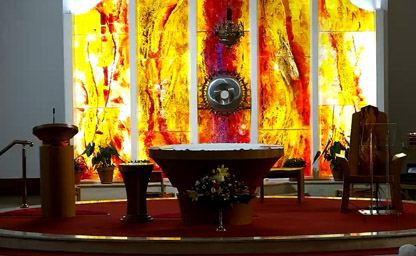
Situated in the South Midlands in the province of Leinster
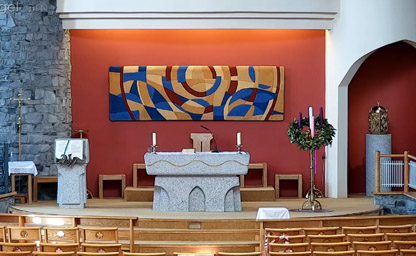
St. Mary's church was built in the 1830's and has served the growing population of the city
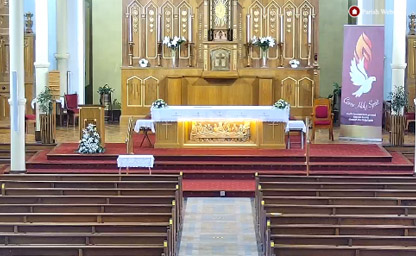
The second largest city in Ireland
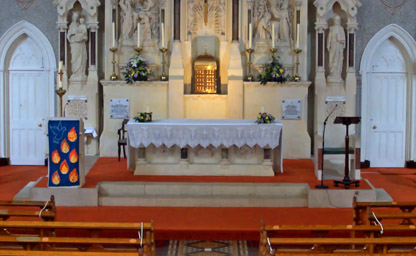
Situated on the east just south of Dublin in the county town of County Wicklow
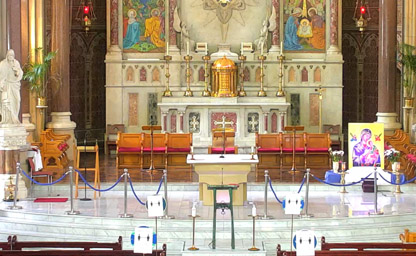
Internal view of Clonard Monastery from the main door below the organ
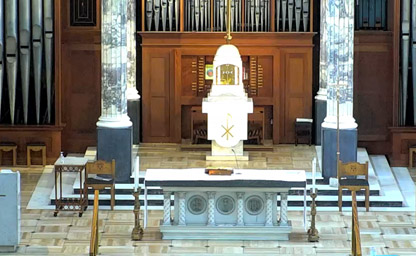
A live view taken from the foot of the The Church of Our Lady of Mount Carmel & Shrine of Saint Valentine
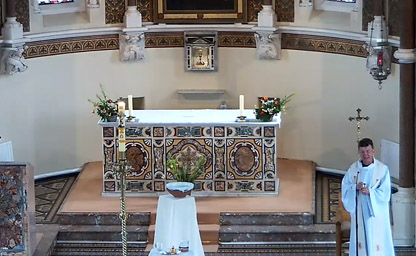
View from The Holy Rosary Church will be sharper and clearer
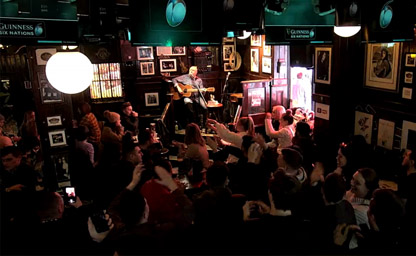
Temple Bar Pub boasts a unique Beer Garden right in the centre of Dublin
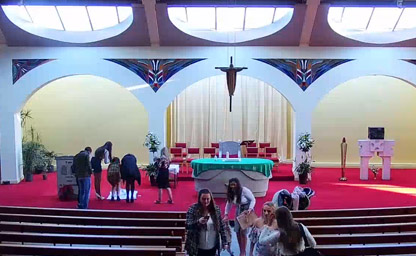
Located in the south-east of Ireland
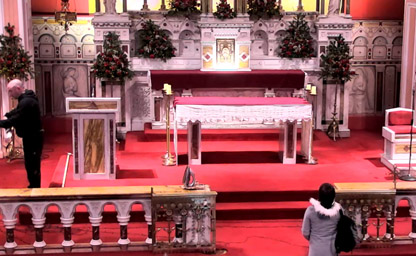
The county town of County Meath, Ireland
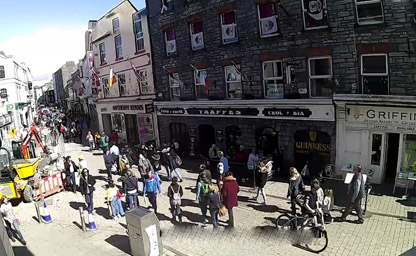
View from our location looking directly up Shop Street with William Street in the distance
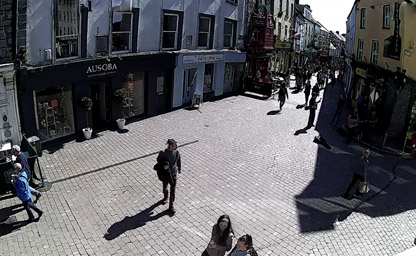
View from our offices directly down High Street up to the intersection of Cross Street, Mainguard Street visible on the right hand side of the screen
IpLiveCams offer a real-time window into the Emerald Isle’s stunning landscapes, historic landmarks, and vibrant towns. From the dramatic cliffs of the Wild Atlantic Way to the rolling green hills that define its charm, these webcams capture the magic and allure of Ireland.
Nature enthusiasts can enjoy live views from iconic locations like the Cliffs of Moher, the Ring of Kerry, and the Giant’s Causeway. These cameras showcase Ireland’s breathtaking coastlines, rugged rock formations, and serene countryside.
City webcams in places like Dublin, Galway, and Cork highlight Ireland’s rich cultural heritage and lively urban scenes. Watch bustling streets, historic architecture, and vibrant pubs where traditional music and friendly conversation abound.
For a glimpse of Ireland’s history, live streams from landmarks such as Blarney Castle, Newgrange, and ancient monasteries offer a connection to the island’s storied past, filled with myths, legends, and timeless beauty.
Seasonal changes bring even more magic to Ireland’s live cameras. Witness fields of blooming wildflowers in spring, golden sunsets over the Atlantic in summer, misty autumn mornings, and snow-dusted landscapes in winter.
Whether you’re exploring Ireland’s iconic sites, planning a future trip, or simply soaking in its breathtaking beauty from afar, streaming video cameras provide an enchanting way to experience the wonder of the Emerald Isle.
The history of Ireland is one of ancient civilizations, conquest, rebellion, and rich cultural development, making it a fascinating subject for travelers and historians alike. Evidence of human habitation in Ireland dates back over 10,000 years, with archaeological finds like the Mesolithic site at Mount Sandel in County Derry offering glimpses into the lives of Ireland’s earliest settlers. The Neolithic period brought remarkable advancements, including the construction of megalithic structures such as Newgrange, a prehistoric passage tomb built around 3200 BC. This UNESCO World Heritage Site predates Stonehenge and the Egyptian pyramids, showcasing the engineering ingenuity of Ireland's ancient inhabitants.
The arrival of the Celts around 500 BC marked a significant cultural shift in Ireland. The Celts brought their language, which evolved into Irish Gaelic, and their intricate art and mythology. Many of the tales that form the backbone of Irish folklore, including the stories of Cú Chulainn and the Tuatha Dé Danann, originate from this era. During the early Christian period, beginning in the 5th century AD, Ireland became known as the "Island of Saints and Scholars." Missionaries like St. Patrick played a vital role in spreading Christianity, and Irish monasteries became centers of learning, producing beautifully illuminated manuscripts like the Book of Kells.
The Viking Age began in the late 8th century, when Norse raiders targeted Ireland’s monasteries for their wealth. Over time, these Vikings established settlements, including Dublin, which became a thriving trade hub. The 12th century saw the arrival of the Anglo-Normans, who began a period of English influence in Ireland. The Norman invasion led to the construction of castles and fortified towns, many of which, like Kilkenny and Limerick, still stand as historical landmarks.
During the Tudor and Stuart periods, Ireland experienced significant upheaval. English rulers sought to consolidate their control over the island through policies of plantation, which involved settling English and Scottish Protestants on lands confiscated from Irish Catholics. This created deep-seated divisions that would shape Ireland’s history for centuries. The 17th century saw brutal conflicts like the Cromwellian conquest, while the 18th century was marked by the Penal Laws, which severely restricted the rights of Catholics.
The 19th century brought both tragedy and political transformation. The Great Famine of the 1840s, caused by potato crop failures, led to mass starvation and emigration. Over one million people died, and another million emigrated, with many heading to the United States. This period left an indelible mark on Ireland’s population and culture. The late 19th and early 20th centuries were characterized by the push for Irish independence, culminating in the Easter Rising of 1916 and the subsequent War of Independence. The Anglo-Irish Treaty of 1921 established the Irish Free State, while six counties in the north remained part of the United Kingdom, leading to the partition of Ireland.
The 20th century was defined by Ireland’s journey toward modernity. The Republic of Ireland gained full sovereignty in 1949, while Northern Ireland experienced decades of conflict known as "The Troubles" between unionists and nationalists. The Good Friday Agreement of 1998 brought peace to the region, and today, Ireland is a vibrant, forward-looking country that honors its rich history while embracing its role in a globalized world.
Ireland's climate is often described as temperate maritime, thanks to its location on the western edge of Europe and the moderating influence of the North Atlantic Ocean and the Gulf Stream. The weather in Ireland is famously unpredictable, with the saying "four seasons in one day" often proving true. However, the climate is generally mild, making Ireland a year-round destination for travelers.
Winters in Ireland are relatively mild compared to other countries at similar latitudes. Average temperatures during the winter months range from 37°F to 46°F (3°C to 8°C). Snowfall is rare, but occasional frost and ice can occur, particularly in inland areas. Coastal regions tend to be milder due to the warming effect of the Atlantic. Rain is a common feature of Irish winters, so waterproof clothing is a must for visitors exploring the countryside or historic cities like Dublin, Galway, or Cork.
Summers in Ireland are cool and pleasant, with average high temperatures ranging from 60°F to 68°F (15°C to 20°C). While not excessively warm, the long daylight hours make summer an ideal time to explore Ireland's natural beauty. The country’s lush green landscapes owe much to its frequent rainfall, and summer showers can appear unexpectedly. Despite this, July and August are peak travel months, drawing visitors eager to experience the country’s outdoor attractions, music festivals, and cultural events.
Spring and autumn in Ireland offer milder weather and fewer crowds, making them excellent times for a visit. Spring, from March to May, sees blooming wildflowers and lambs in the fields, while autumn, from September to November, brings golden foliage and harvest festivals. Rainfall is distributed relatively evenly throughout the year, with western and northern regions typically receiving more precipitation than the east and southeast.
One of the most striking features of Ireland’s climate is its wind. Coastal areas, particularly along the Wild Atlantic Way, experience frequent gusts and dramatic storms, especially in the winter months. These conditions contribute to the rugged beauty of Ireland’s coastlines, with towering cliffs and crashing waves offering unforgettable vistas.
Ireland’s geography is defined by its breathtaking landscapes, which range from rolling green hills and vast boglands to rugged coastlines and dramatic mountain ranges. The island of Ireland, divided into the Republic of Ireland and Northern Ireland, covers an area of approximately 32,595 square miles (84,421 square kilometers). Its compact size and diverse geography make it an ideal destination for exploration.
Much of Ireland’s interior consists of a central plain surrounded by hills and mountains. This flat, fertile land is interspersed with peat bogs and small lakes, forming a pastoral landscape that has earned Ireland its nickname, "The Emerald Isle." The River Shannon, Ireland’s longest river, flows southward through the central plain, connecting several major towns and offering opportunities for boating and fishing.
The western coastline, shaped by the relentless force of the Atlantic Ocean, is one of Ireland’s most dramatic geographical features. This region is home to iconic natural landmarks like the Cliffs of Moher, which rise over 700 feet above the sea, and the Dingle Peninsula, known for its stunning beaches and archaeological sites. The Wild Atlantic Way, a scenic driving route that spans over 1,500 miles along the west coast, showcases this rugged beauty.
The island’s mountainous regions include the MacGillycuddy’s Reeks in County Kerry, home to Carrauntoohil, Ireland’s highest peak at 3,407 feet (1,038 meters). In the north, the Mourne Mountains offer sweeping views and excellent hiking trails. Other notable ranges include the Wicklow Mountains, just south of Dublin, and the Slieve Bloom Mountains in the Midlands.
Ireland’s coastline is dotted with countless islands, many of which are uninhabited. The Aran Islands, off the coast of County Galway, are famous for their traditional way of life and ancient stone forts like Dun Aonghasa. Achill Island, the largest of Ireland’s islands, offers stunning beaches and dramatic cliffs, while Skellig Michael, a UNESCO World Heritage Site, is renowned for its ancient monastic settlement and its appearance in the Star Wars films.
In addition to its natural beauty, Ireland is home to unique geological formations like the Giant’s Causeway in Northern Ireland, a UNESCO World Heritage Site composed of thousands of hexagonal basalt columns formed by volcanic activity. The Burren, in County Clare, is another geological marvel, with its karst limestone landscape supporting rare flora and archaeological remains.
Tip: When planning your trip to Ireland, consider visiting during the shoulder seasons of spring or autumn for mild weather, fewer crowds, and lower prices. This is also when you can experience the beauty of Ireland’s countryside at its most vibrant.
Interesting Fact: The Irish language, or Gaeilge, is one of the oldest living languages in Europe and is still spoken in Gaeltacht regions, primarily along the west coast. These areas offer a unique cultural experience, where you can hear the language in daily use and immerse yourself in traditional Irish music and dance.